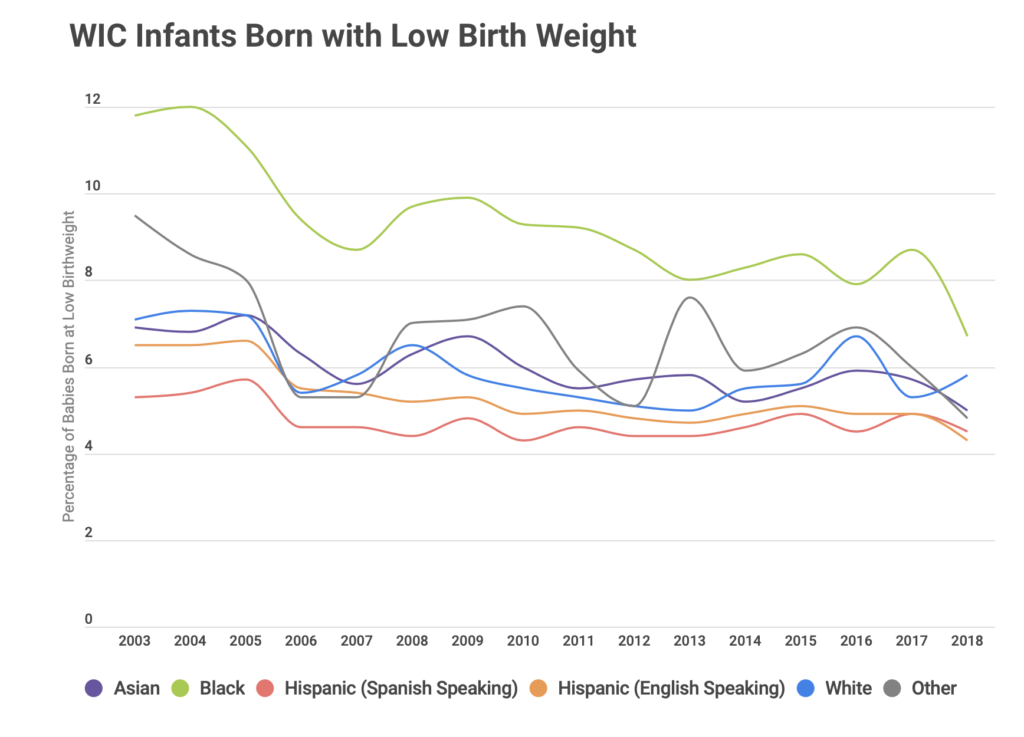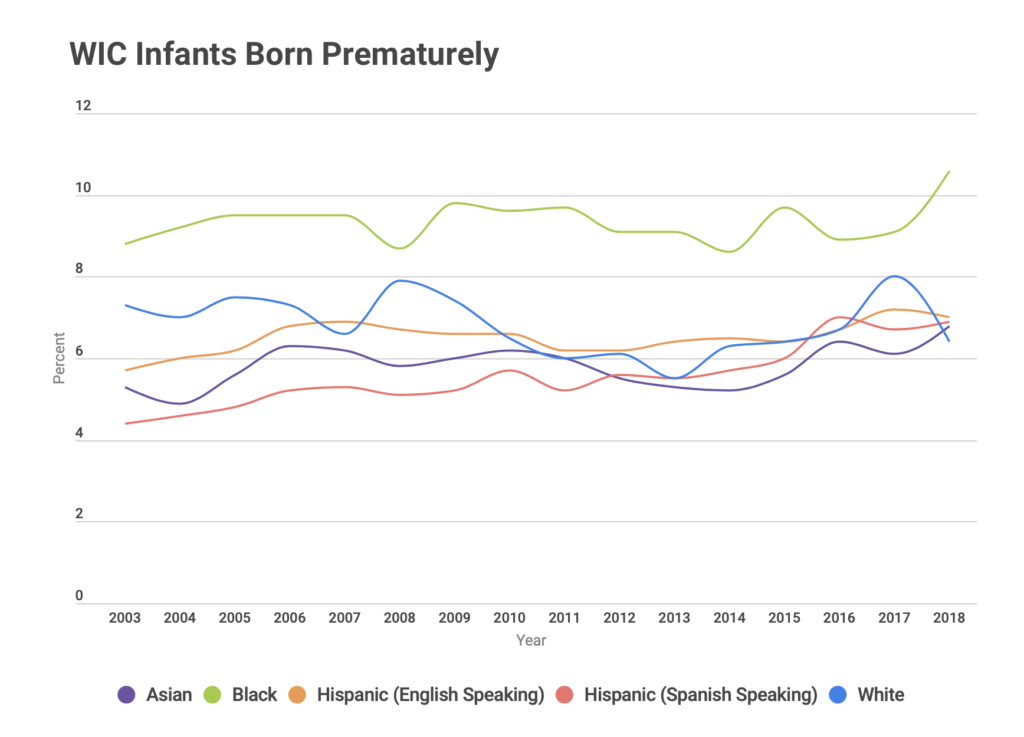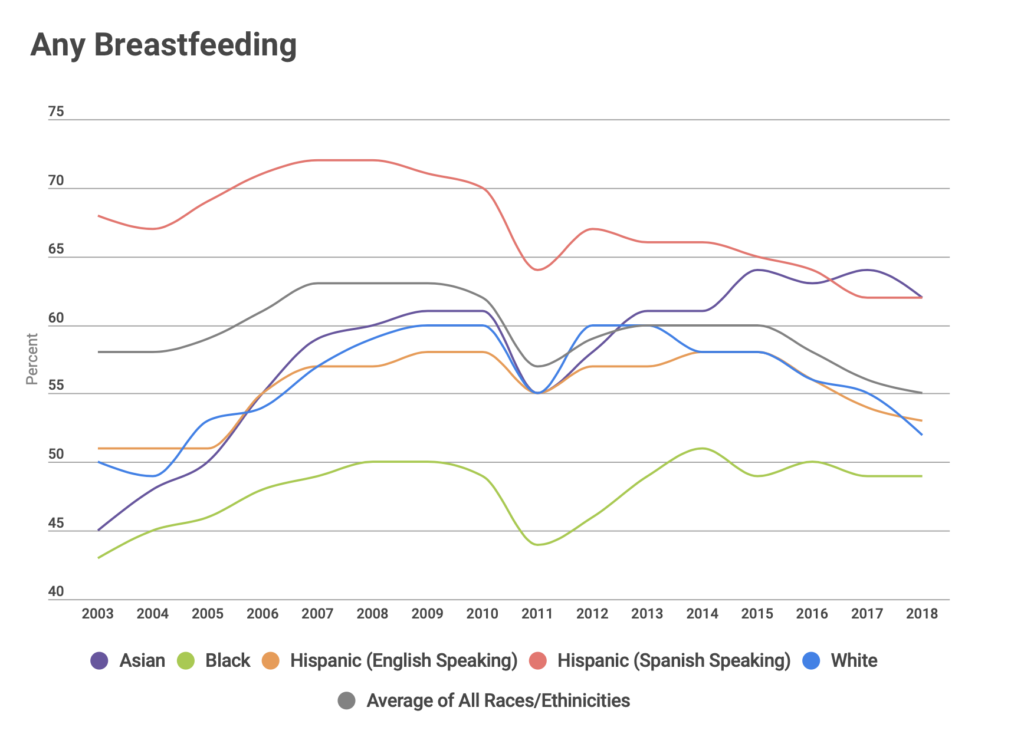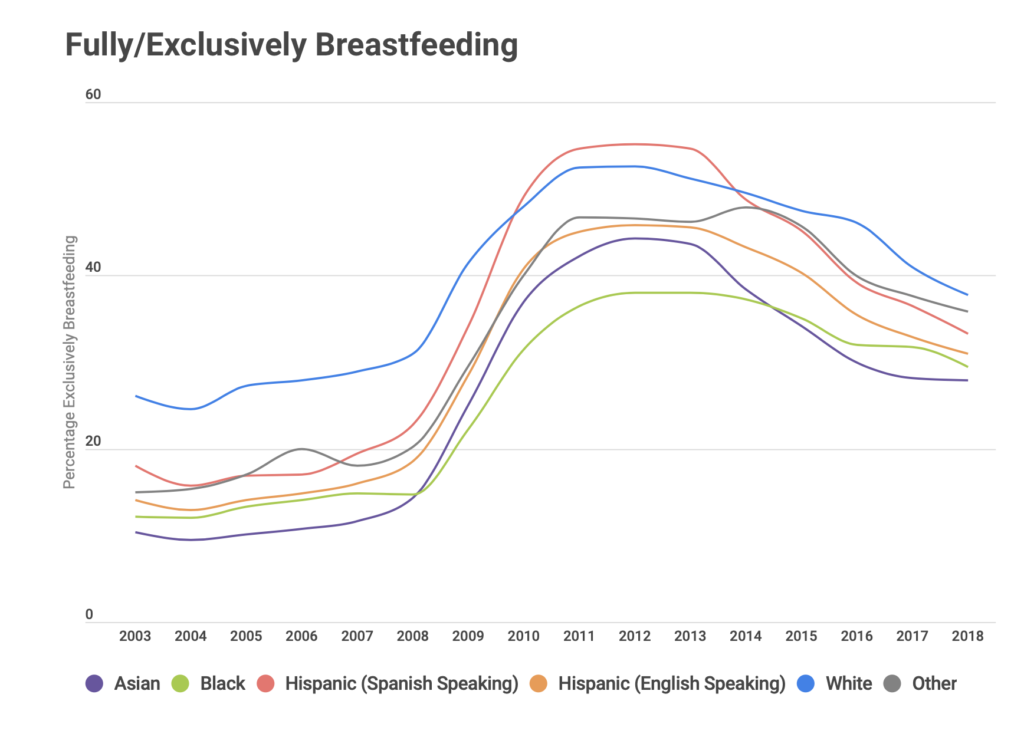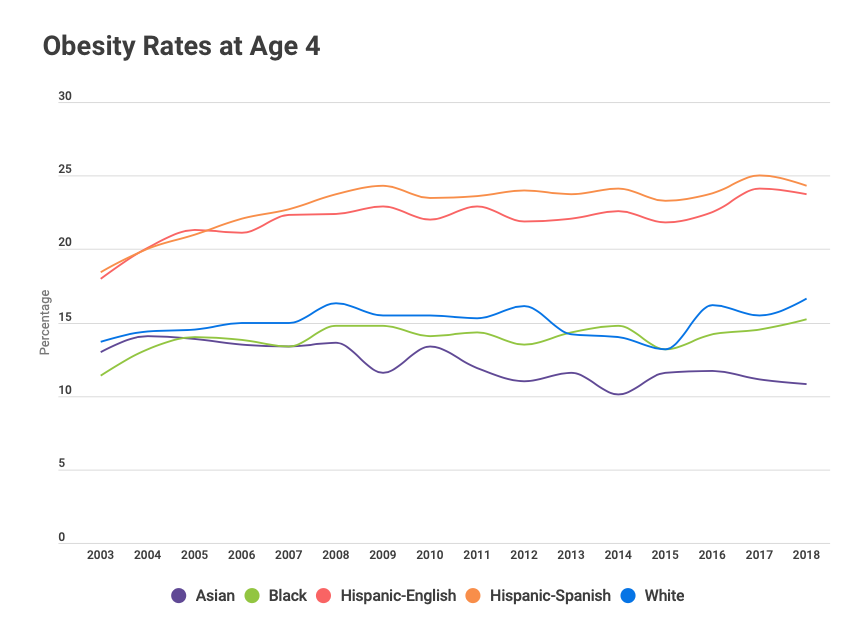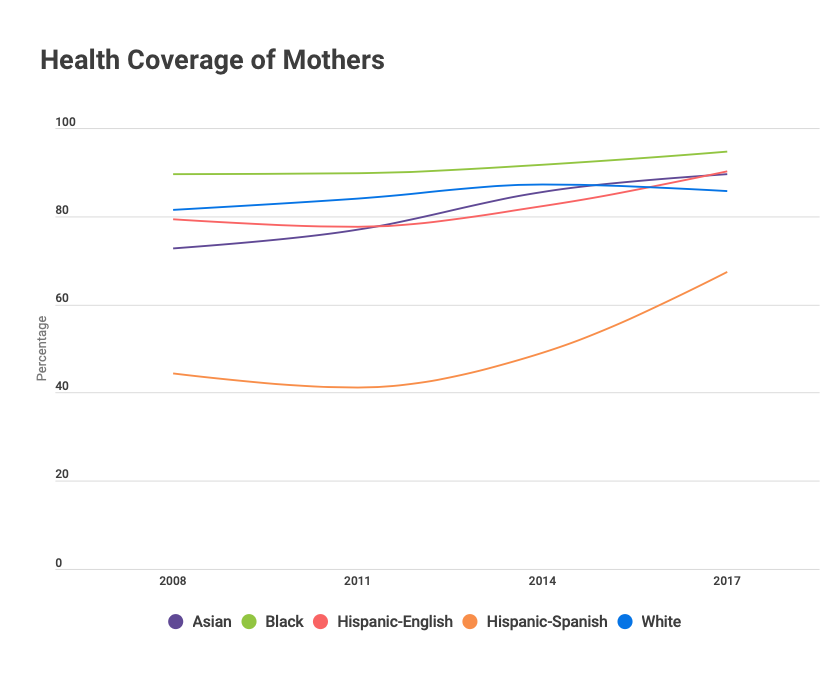Suggested Citation
Suggested Citation: Yepez CE, Anderson CE, Whaley SE, Ritchie LD, Tsai MM, Au LE. (2022). Increasing the WIC vegetable and fruit benefits results in large increases to both the amount and variety purchased. (Data Brief). Los Angeles, CA. Public Health Foundation Enterprises (PHFE) WIC program, a Program of Heluna Health, and Nutrition Policy Institute (NPI). https://lawicdata.org/publication/briefs/
If you want to learn more about WIC participants had to say about the favorable impacts of the COVID-related increase to the WIC Cash Value Benefit (CVB), read the journal article published in the International Journal of Environmental Research and Public Health.
To view all other LA WIC data briefs, visit our Briefs page.
Have questions about this brief or other Los Angeles County WIC data?
Email us at datamining@phfewic.org.


